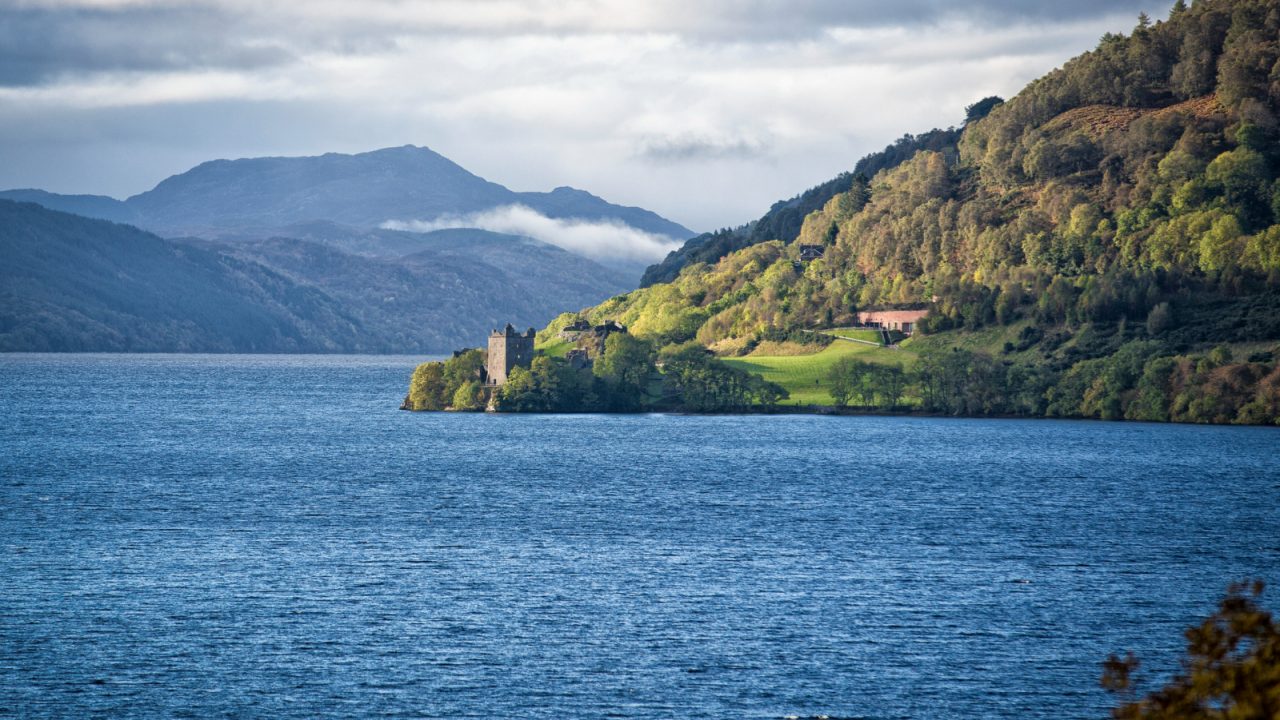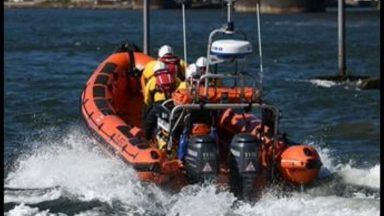Scottish Water has urged people to take care around the country’s lochs, reservoirs and rivers after figures showed there were more than 40 accidental drownings in Scotland last year.
The National Water Safety Forum said there were 226 accidental drownings in the UK last year, including 45 in Scotland.
Scottish Water has discouraged people from swimming in its reservoirs altogether in the interest of public safety and urged individuals and groups to behave responsibly.
The call follows reports of dangerous and anti-social behaviour by young people at various reservoirs in Scotland, including Milngavie in East Dunbartonshire, Picketlaw in Eaglesham, East Renfrewshire, and Gladhouse.
Young people have been spotted diving from water towers, littering and vandalising Scottish Water property.
Peter Farrer, Scottish Water’s chief operating officer, said: “While people should enjoy any good weather we have and take pleasure around the country’s beautiful lochs, reservoirs and rivers, it’s absolutely vital they stay safe at all times and behave responsibly.
“As a number of tragic deaths in Scotland in recent years have shown, safety is a serious issue in all bodies of water, including lochs, reservoirs and rivers.
“At reservoirs, while the water may look harmless, there are many hidden dangers.
“We need to ensure everyone is aware of these hazards. We are reminding parents to keep their children safe and asking adults to act responsibly around reservoirs and other watercourses.”
Scottish Water warned that deep, cold water is particularly dangerous. Dams, steep banks, spillways and underwater pipes can also be hazardous.
Many of the reservoirs are in remote locations and mobile phone reception is poor, meaning contacting emergency services may not be possible.
Scottish Water has also advised dog owners not to let their pets dive into its reservoirs, saying that while the dogs are safe more often than not, owners run a serious risk by jumping in after them.
Ahead of its annual Drowning Prevention Week, the Royal Life Saving Society (RLSS) has echoed Scottish Water’s advice.
Lee Heard, RLSS UK’s charity director, said: “Sadly we see a rise in accidental drownings during the summer months, with 46% of accidental drownings in the UK occurring in June, July and August.
“It is vitally important that everyone has an understanding of water safety, especially as the weather warms up and we see the temperatures rise as we have in recent years.
“In 2022, 60% of accidental drownings occurred at inland water such as rivers, canals, lochs and lakes, reservoirs and quarries.”
Mr Heard warned that despite an increase in temperature due to summer weather, the water can stay “extremely cold”, meaning swimmers risk facing cold water shock.
He added: “We want to ensure everyone can enjoy their summer break and being in or around water but be safe in the knowledge that they, and their children, have the skills and understanding about water safety, which could potentially save a life.”
Carlene McAvoy, leisure safety manager at the Royal Society for the Prevention of Accidents, said: “Often, open waters in the UK are much colder than anticipated and can lead to cold water shock.
“This can affect your ability to breathe, overwhelms your ability to swim, and can lead to drowning.
“Even the strongest swimmers can be impacted by cold water shock, so it’s always important to be mindful of this.”
Scottish Fire and Rescue Service station commander James Sullivan, who is chairman of Water Safety Scotland, said: “It’s imperative that anyone entering water is fully aware of the risks – some of which cannot be seen.
“We would strongly advise everyone to familiarise themselves with the Water Safety Code before even contemplating entering water.
“Entering water before being aware of the risks often leads to tragic results.”
In response, Scottish Water has created a new team of reservoir rangers to help visitors stay safe.
The rangers patrol the paths and shores at four of Scotland’s most visited reservoirs, which are located in East Dunbartonshire, Milngavie, Midlothian and Carron Valley, Stirlingshire.
Davy Gray, manager of the reservoir rangers, said: “Regular visitors to our reservoirs will no doubt be aware of our signage alerting them to potential hazards around and below the water and we encourage everyone to read them.
“On top of that, however, we have a small team of friendly rangers who will be chatting to them. We believe that this provides an opportunity to engage in a bit more detail on all aspects of water safety.
“The rangers will be promoting the best practice guidance that Scottish Water and the key member agencies in Water Safety Scotland have created.
“This is more specific to their chosen activity; be it paddleboarding, kayaking, angling or swimming.”
Scottish Water encouraged youngsters to take part in its Learn to Swim programme, which has helped more than 100,000 children and young people act more safely when swimming.
The plea for safety comes as new illustrations released by Visit Scotland detail just how deep many of Scotland’s lochs go.
Loch Morar, Scotland’s deepest loch, is as deep as London building The Shard is tall (309.6 metres).
Loch Ness is 230 metres deep, and Loch Lomond is 190 metres deep, which is roughly twice the height of the Statue of Liberty.
Follow STV News on WhatsApp
Scan the QR code on your mobile device for all the latest news from around the country


 iStock
iStock

























